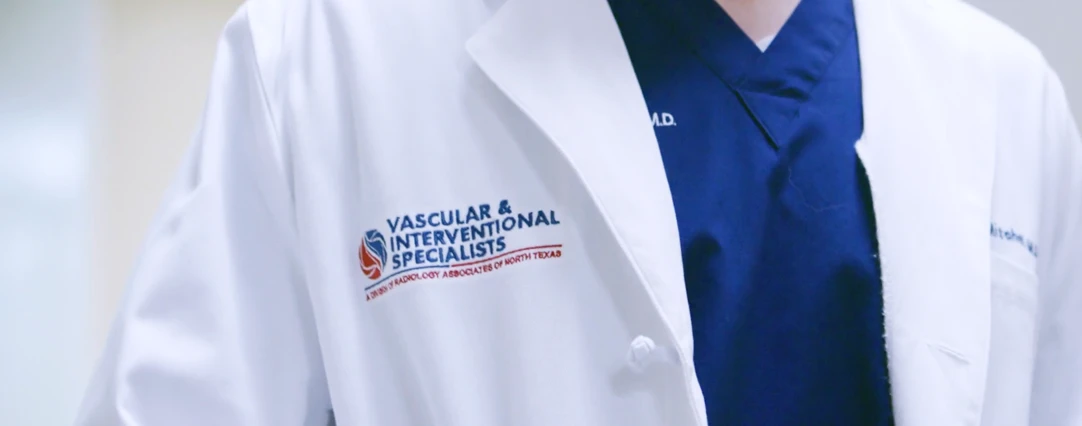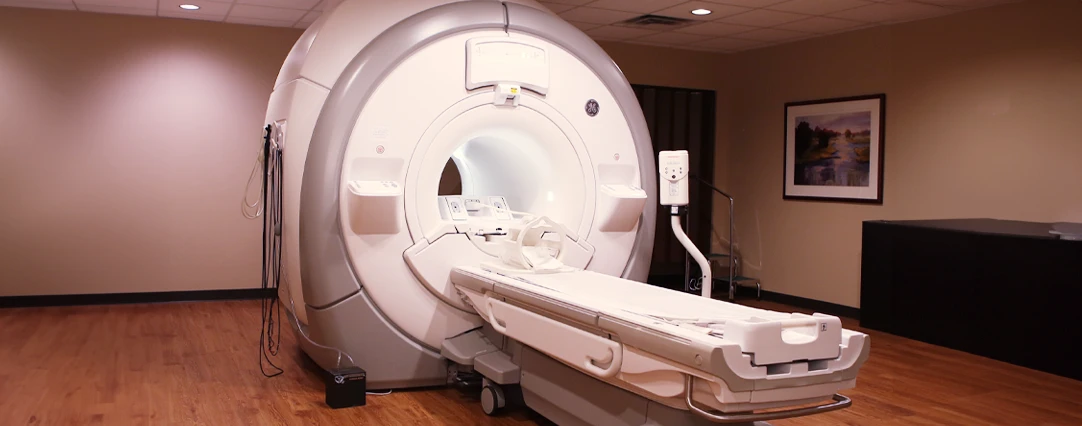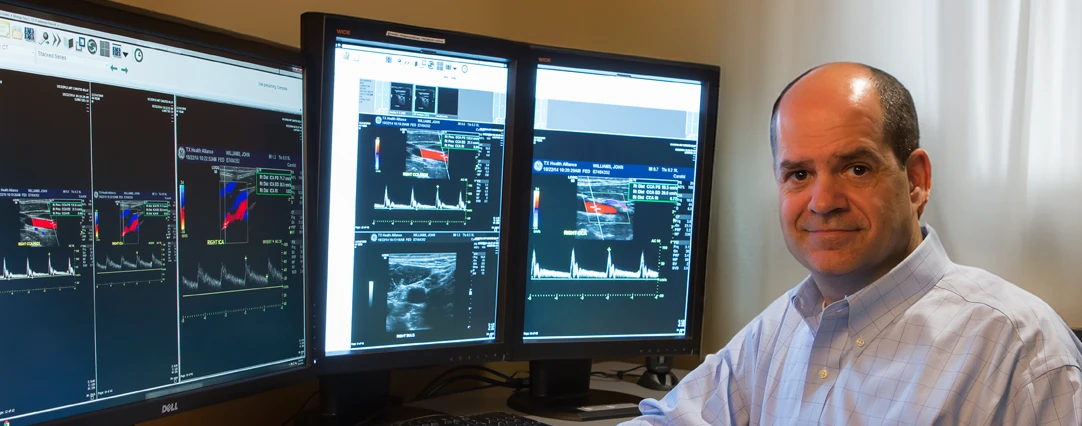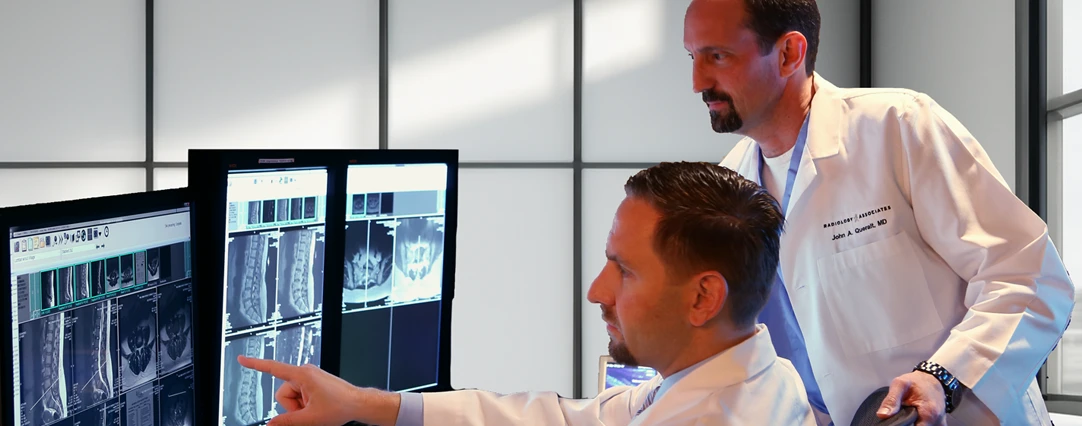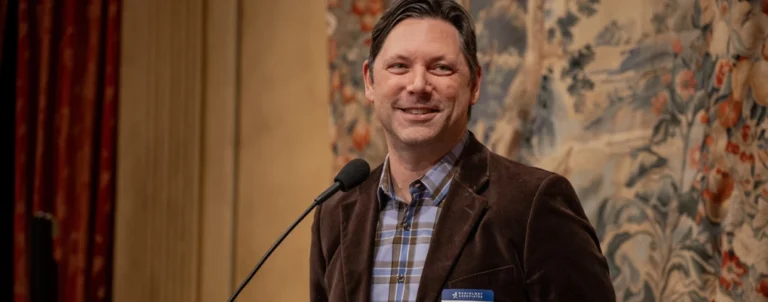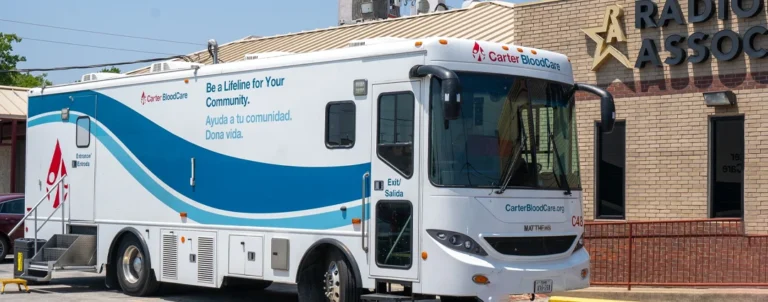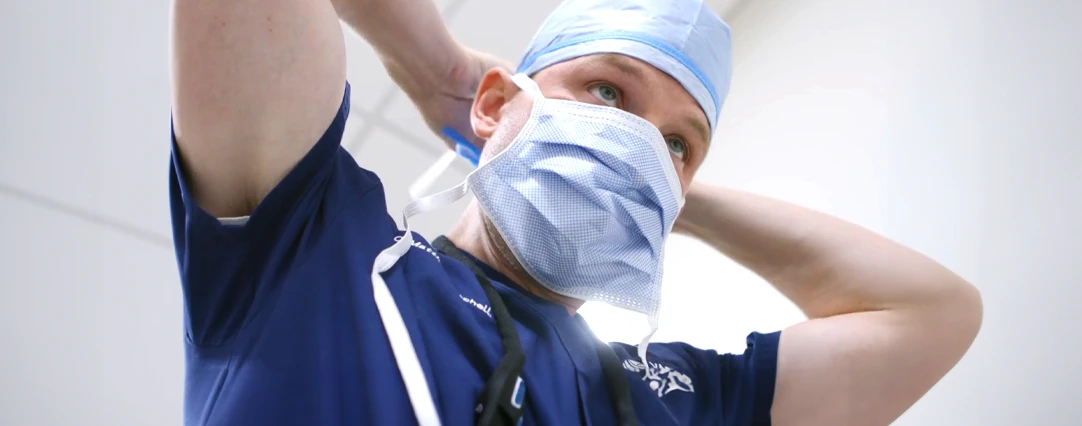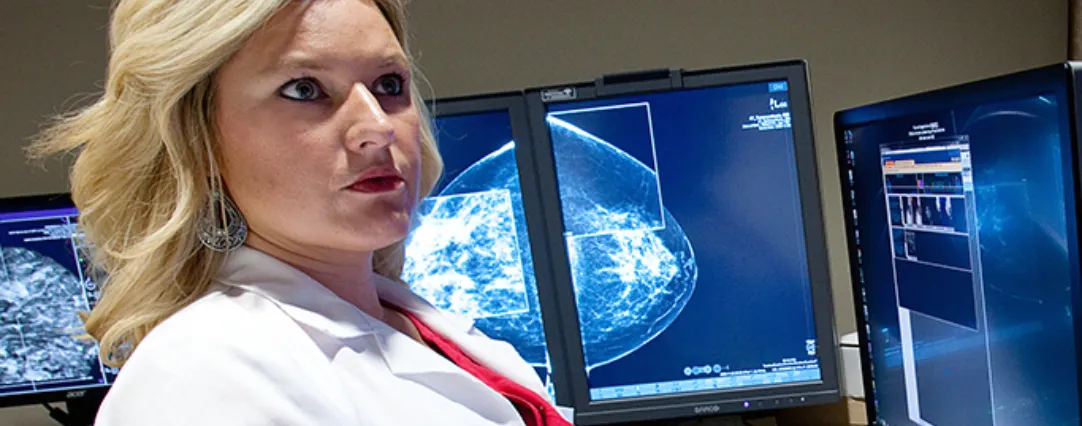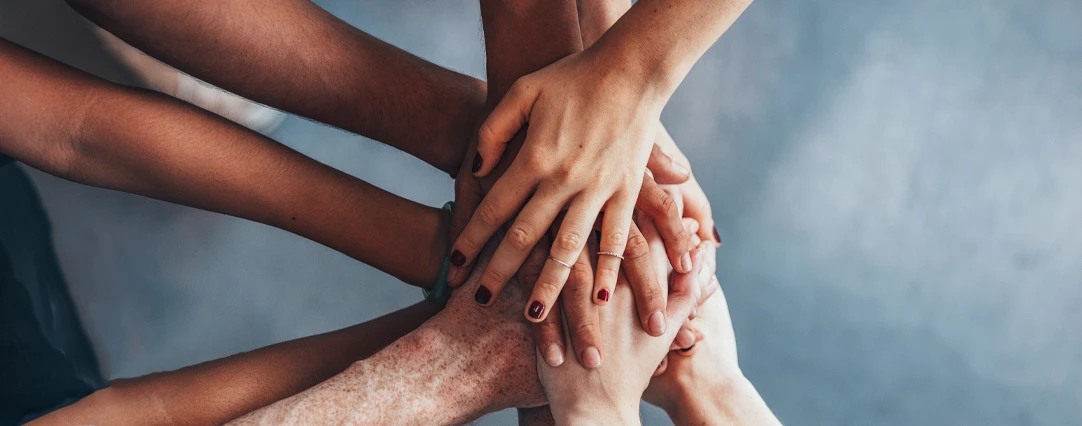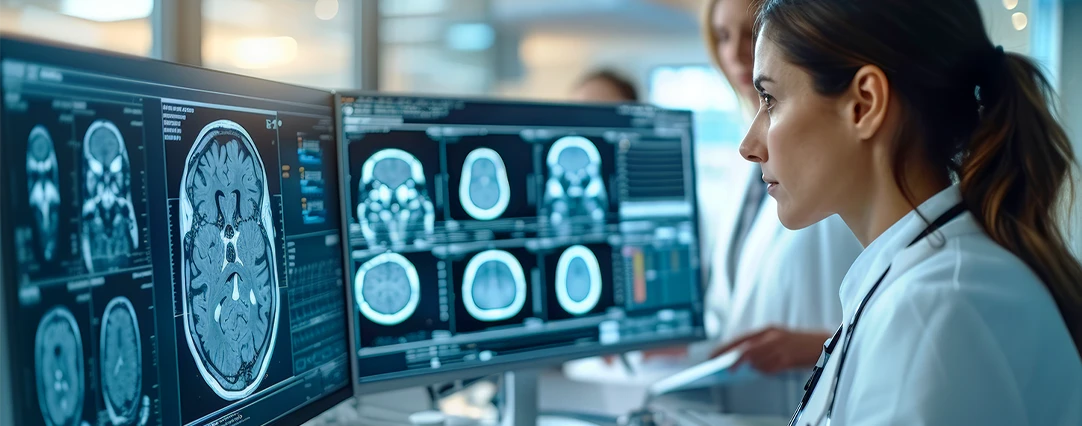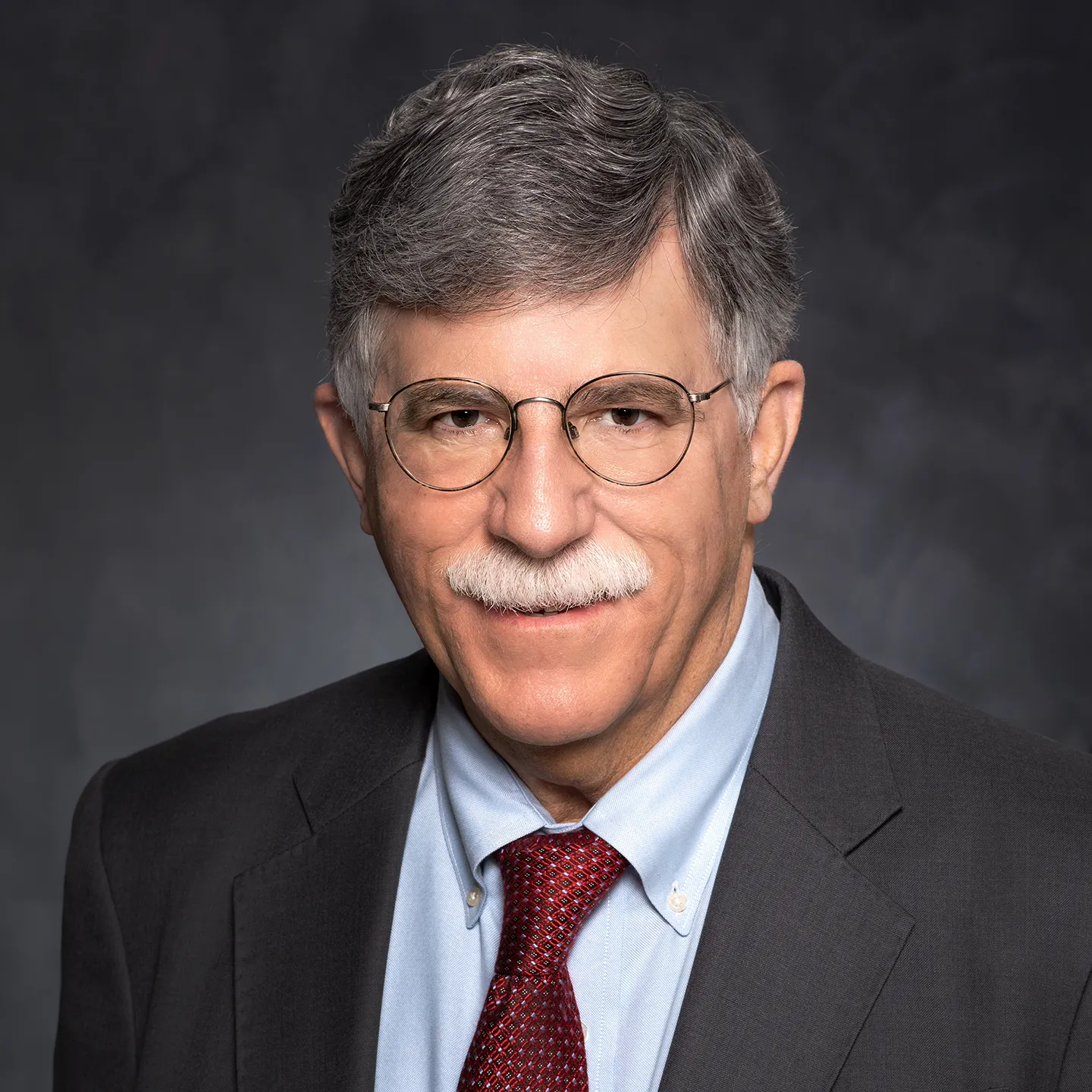2020 Tarrant County Medical Society President Tilden L. Childs III, MD
Article by Allison Howard
Radiologist Tilden L. Childs III, MD, has always liked to fix things, to understand how they work. At a young age, this led to an interest in electronics. “In those days, electronics kits consisted of individual components which mounted on a chassis and not circuit boards, so with individual resistors, capacitors, and inductors along with various other parts, you followed the instructions to build your own devices. I made a multi-band radio, a voltmeter, and an oscilloscope, among other devices,” says Dr. Childs. He smiles. “I appreciate how much my parents humored me.”
With the encouragement of his father, Dr. Childs decided that he wanted to pursue electrical engineering. “I was planning to go in that direction starting in junior high school; maybe even late elementary school.” When he was accepted to Tulane University’s electrical engineering program, it seemed like it was just the next step in the process, but the experience led to a lot of struggle.
The engineering classes at Tulane were intense and bred a very competitive environment among the students. On top of this, during his junior year, Dr. Childs’ mother was diagnosed with cancer, and the prognosis was not good. He struggled to make the grades he desired but was determined to succeed in his studies. Despite the loss of his mother early in his senior year, Dr. Childs pushed on and graduated from Tulane in 1971. During the summer prior to his senior year, he decided that he wanted to go to medical school. On returning to New Orleans to start his senior year at Tulane, by chance he connected with fellow engineering student Tom Planchard. “God just put him right in my life at the perfect time. He was also an electrical engineering student, and he knew all the things you needed to do to get into medical school. He really helped me along the way; it was like he had this play book. He just took me along with him.”
During his senior year, while planning to go to medical school, Dr. Childs became interested in biomedical engineering, but it was only starting to exist as a field at that time. “I wrote a couple of papers on pacemakers in my senior year, and my interest in biomedical engineering continued to develop,” he says. He decided to attend the University of Texas with the goal of getting his master’s in biomedical engineering and then to apply to medical school.

In many ways it was natural for Dr. Childs to go into medicine. His father was a family practice physician, and his uncles, Dr. Robert P. McDonald and Dr. Burgess Sealy, were an Ob/Gyn and a general surgeon, respectively. It was simply a matter of finding the right field where he could delve into his interest in circuitry and systems.
He began at UT in the Fall of 1971, taking additional prerequisite courses for medical school and for the master’s program. “The classes at UT helped to demonstrate that I could be successful in medical school and confirmed that this was an area of interest that I wanted to pursue,” says Dr. Childs. He did not finish the master’s program, though, because he was accepted into Tulane’s medical school after the Fall semester and he decided that he was ready to begin his journey of becoming a physician.
After completing medical school, Dr. Childs began an internal medicine internship at the University of Texas Health Science Center at Houston (UTHealth). He was not set on a specialty at that point but was considering internal medicine. Dr. Childs found it to be an intense and emotionally stressful time. During one of his rotations, he was assigned to the MD Anderson Developmental Therapeutic service in the Hermann Hospital, treating patients who had failed all known therapies. “I can still see their faces,” says Dr. Childs. “It was a very difficult time.”
It was during this time, though, that he discovered his true passion, catheter angiography. He had been considering practicing radiology among other specialties, and when he saw one of his patients get a pulmonary angiogram, he knew he wanted to try performing the procedure. “You could put a catheter anywhere in the body, inject dye and take pictures, and there was no surgery involved. Just a puncture wound, and you put the catheter in the vessel.” He laughs. “I now like to say that it was like one of the earliest video games. The “action” was all on the screen and was all catheter and guidewire manipulation. I loved it; it was the ultimate high,” smiles Dr. Childs. “There was no going back.”
Dr. Childs spent three years in the UTHealth radiology residency, and then stayed for another year to participate in their fellowship program, where he received intensive training in neuroradiology, CT, and ultrasound. At this time, they asked him if he would join the teaching staff at UTHealth as Assistant Professor of Radiology. Dr. Childs did so and stayed in the position for two years. While he enjoyed his time in academia, he knew that he wanted to ultimately be in private practice.
In 1983, Dr. Childs was offered a position at Radiology Associates of North Texas, where he has remained for the rest of his career. Having been born and raised in Fort Worth, he jumped at the opportunity to come back to the area. Ever the innovator, within his first year, Dr. Childs had volunteered to go to the North Hills location. While there, he developed state-of-the-art programs in neuroradiology, angiography, CT, ultrasound, and nuclear medicine.
It was during this time that he met his wife, Gretchen. “The husband of one of my cousins knew my wife because she worked at TCU as a graphic artist and he sold printing. My cousin called me up one night and asked if they met anybody that I might be interested in, would I like to go out. I said ‘yes,’ and they called me back 30 minutes later and asked, ‘How would you like to go out to dinner tonight?’ So, we went out on a blind date.” They dated for about two years, and then got married in 1988. They have two sons, Tyler and Benjamin. Gretchen became a homemaker, but for many years continued to do freelance graphic art and volunteer work.
Their oldest son, Tyler, who is married to Lauren, works in Healthcare Information Technology. Ben, who is married to Chelsey, is a computer programmer. Dr. Childs is proud of his sons for the people they have become and the paths that they have taken. “As a father, it’s great to see your kids having success in their lives and their careers.”
Dr. Childs spent the next 25 years of his own career at the North Hills Hospital location. For the majority of his time there, he served as the radiology program director. Then, 11 years ago, he moved to the Arlington Memorial Hospital location. “Working with the clinicians and the administration at AMH, we were able to build a full-service breast care program. After five years, we achieved national accreditation through the American College of Surgeons National Accreditation Program for Breast Centers (NAPBC). We recently completed our second 3 year re-accreditation. We have also been designated an American College of Radiology Breast Imaging Center of Excellence ” says Dr. Childs. “It’s been an awesome experience!” It was also an exciting change because it has given him the chance to have additional significant patient interaction. “I get to interact with patients and help direct their care on a daily basis,” he shares. “It’s very rewarding.”
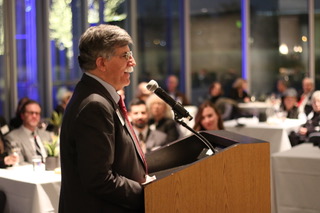
Outside of his successful practice, Dr. Childs has maintained an active membership in multiple medical organizations. He has held offices or been on committees and delegations in numerous societies, including the American College of Radiology (ACR), TCMS, TMA, AMA, and the Texas Radiological Society (TRS). One of his notable highlights was his presidency of TRS in 2014-15. “The acceptance by my peers in the leadership role and participation in the society was very gratifying,” says Dr. Childs.
As he prepares to stepinto his new role at TCMS, Dr. Childs is looking forward to a year of raising awareness about the importance of organized medicine, especially in relation to advocacy. He especially hopes to reach out to doctors who are just beginning their careers and may not know what steps need to be taken to affect change. “I can’t stress it enough,” he says. “Young physicians need to invest in their future, whether it is their time or money. The things that happen now will affect them exponentially in the long term. You need to be involved because no one else is looking out for you.”
Dr. Childs leads in these areas with his actions. He takes off multiple weeks a year to allow for his very active role in both advocacy and organized medicine. In the Texas legislative session earlier this year, he testified to the state House Insurance Committee about mammography and actively participated in the discussions on balance billing. As a member of both TMA and TCMS’s advocacy committees, he has been an active participant at the TMA First Tuesdays. Between sessions, he has joined with Medical Society leadership to build relationships with politicians and educate them on the issues that are relevant to physicians and patients.
When he began taking an interest in organized medicine, he had no idea it would go this far, but he is grateful that it did. “My involvement in medical organizations has led to some of the best moments in my career,” he shares. “Early on, I decided to just show up to meetings. Listen and then give input. Take the opportunity to help make a change. Over time, I got to the point that I wanted to concentrate primarily on advocacy. My focus now is participating in advocacy in Texas.”
At TCMS, we are excited to have Dr. Childs lead us as we prepare for a year of impact on the practice of medicine and our community as a whole.
Posted: February 20, 2020
